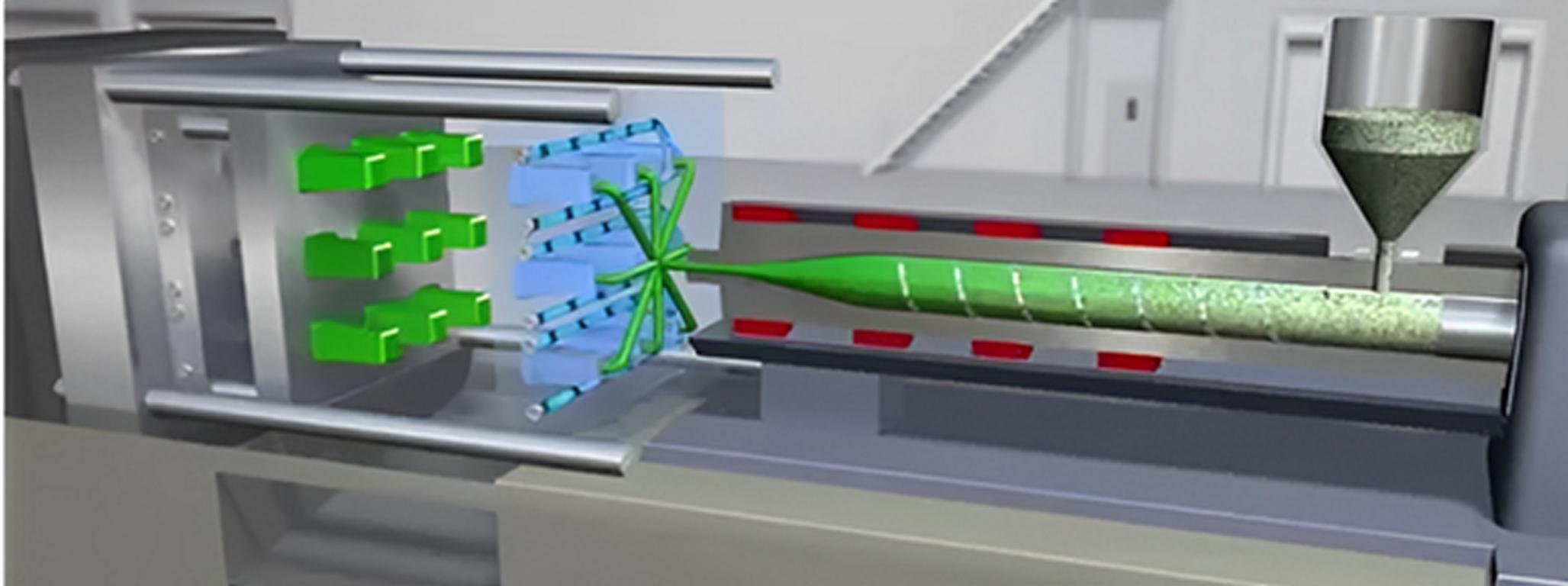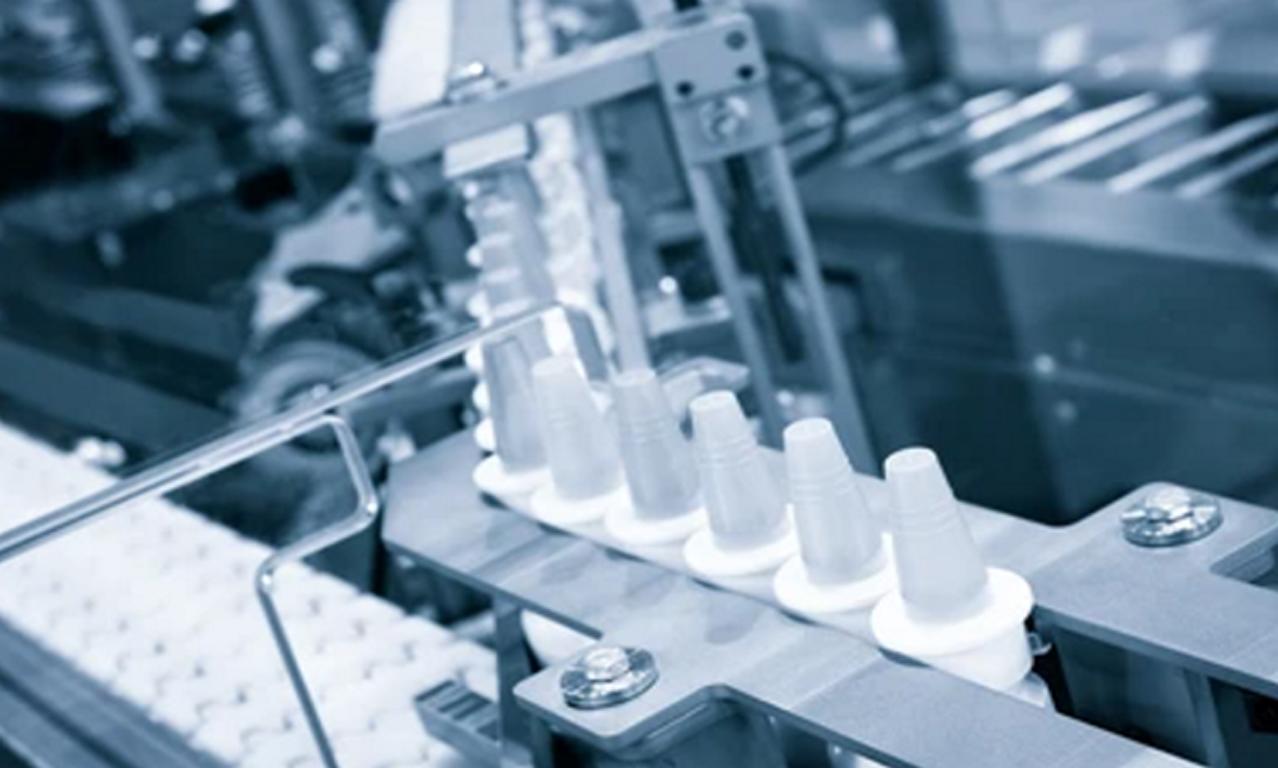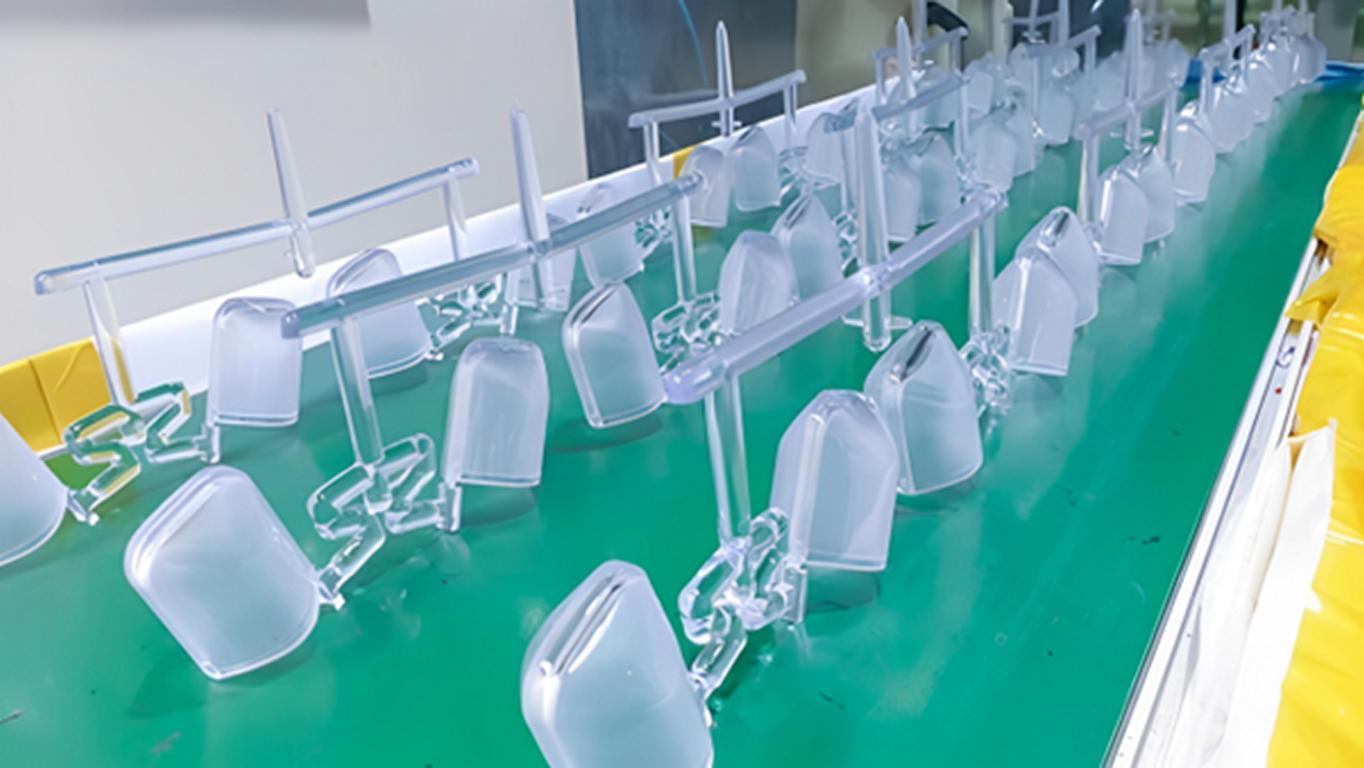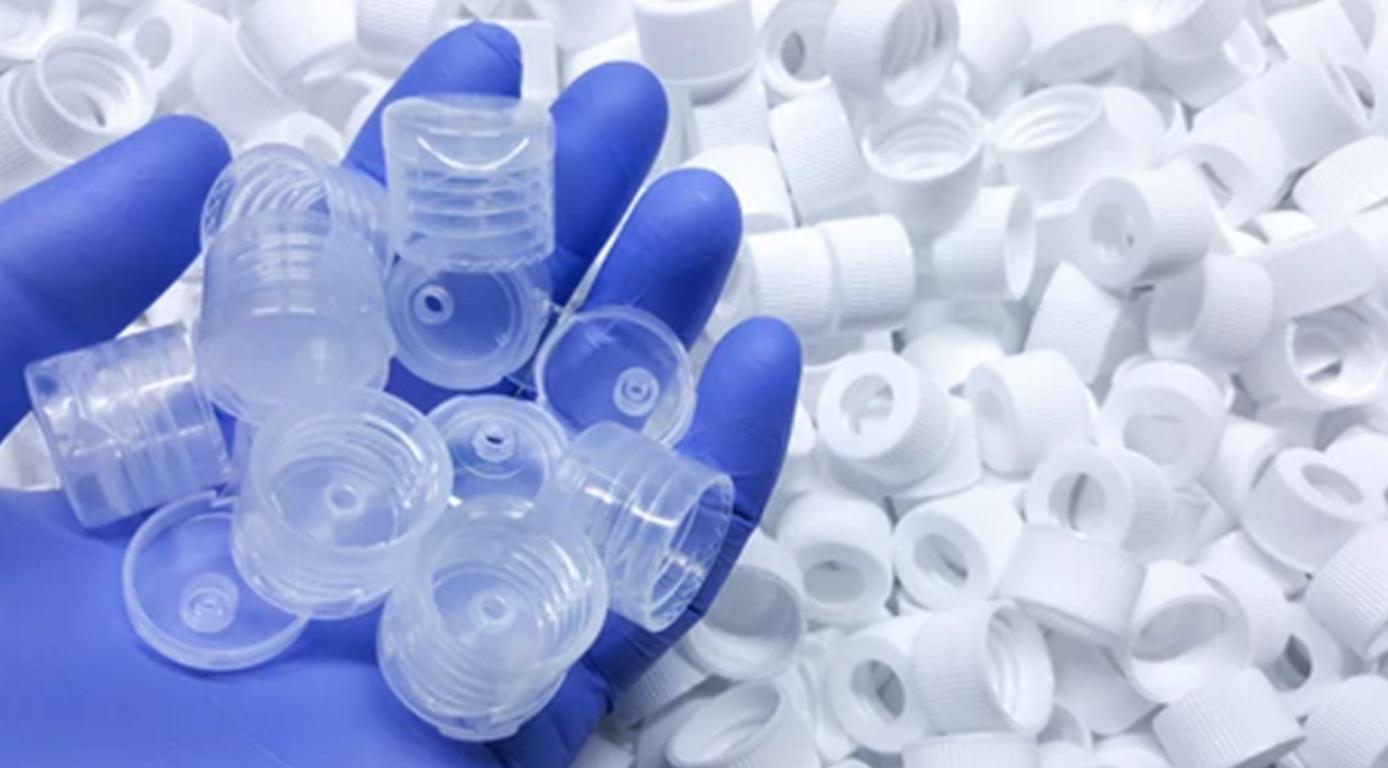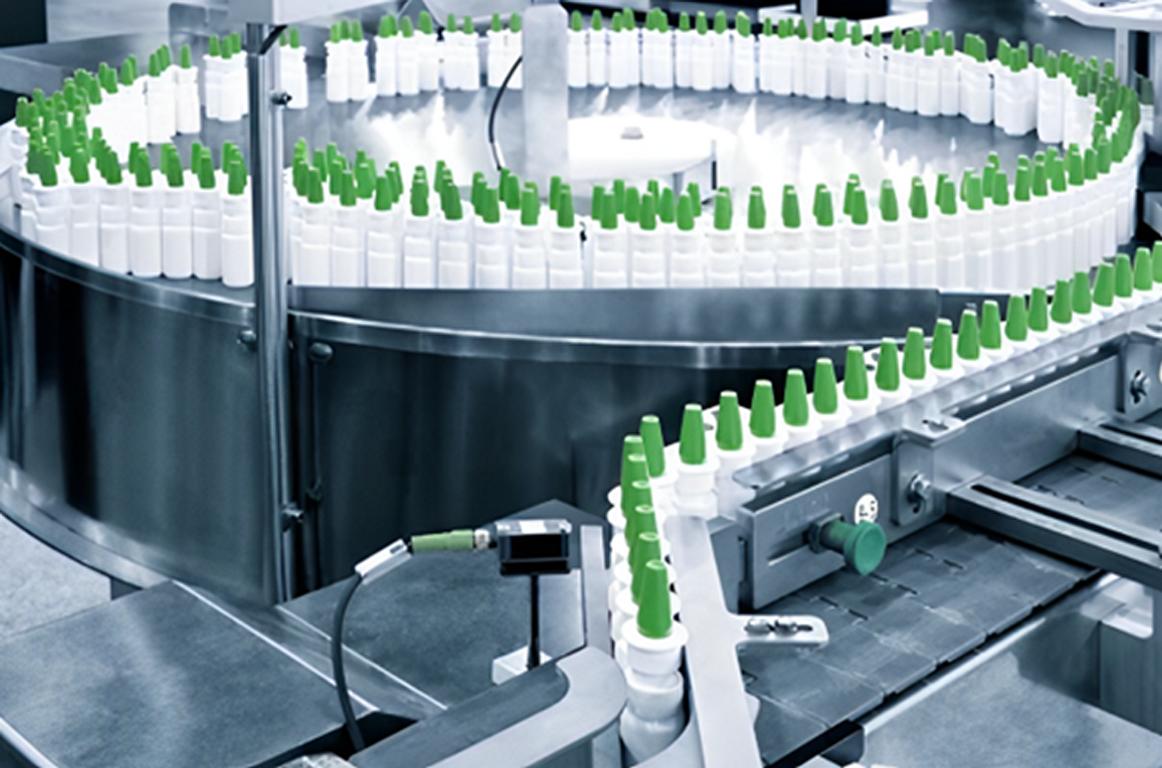What is Injection molding cleanroom
Injection molding cleanroom refers to a controlled environment specifically designed and maintained for the manufacturing of plastic components using injection molding processes. These cleanrooms are essential for industries that require high levels of cleanliness and precision, such as medical, pharmaceutical, electronics, and aerospace sectors.
Key characteristics and features of an injection molding cleanroom include:
- Cleanroom Classification: Medical Injection molding cleanroom adhere to specific cleanliness classifications based on international standards, such as ISO 14644-1. These classifications determine the allowable limits of airborne particles per cubic meter of air, ensuring a controlled environment with low levels of contamination. Cleanrooms are typically classified as ISO Class 5 or higher for injection molding applications.
- Environmental Control: Injection molding cleanrooms incorporate advanced environmental control systems to maintain the desired cleanliness levels. These systems typically include high-efficiency particulate air (HEPA) filters, air pressure differentials, and temperature and humidity control to minimize the presence of airborne particles and ensure optimal manufacturing conditions.
- Gowning and Personnel Hygiene: Strict gowning procedures and personnel hygiene practices are enforced within injection molding cleanrooms to prevent contamination. Cleanroom personnel are required to wear specialized garments, including cleanroom suits, gloves, masks, hairnets, and shoe covers. Handwashing and sanitization protocols are rigorously followed to maintain cleanliness.
- Material Handling and Preparation: Raw materials used in injection molding are handled and prepared within the cleanroom environment to prevent contamination. Controlled storage and transportation of materials are implemented, and specific protocols are followed to maintain material cleanliness. Material drying, conditioning, and mixing may also be conducted in dedicated cleanroom areas.
- Cleanroom Equipment and Machinery: Injection molding machines used in cleanroom environments are designed and maintained to meet the cleanliness requirements. These machines may feature additional enclosures, laminar flow hoods, or barrier systems to minimize the risk of particle generation during the molding process. Regular cleaning and maintenance of the equipment are essential to uphold cleanliness standards.
- Mold and Tooling Preparation: Molds and tooling used in injection molding are prepared and maintained within the cleanroom environment. Proper cleaning procedures, including solvent cleaning, ultrasonic cleaning, or specialized cleaning agents, are employed to eliminate contaminants. Mold storage and handling are carefully managed to prevent particle accumulation.
- Process Control and Quality Assurance: Injection molding cleanrooms implement stringent process control measures to ensure consistent quality and minimize defects. Critical process parameters, such as temperature, pressure, injection speed, and cooling time, are closely monitored and controlled. In-process inspections, dimensional measurements, and quality checks are performed to verify product quality and compliance with specifications.
Injection molding cleanrooms are crucial for industries that demand high-quality, precision-molded components. By providing a controlled and clean environment, these cleanrooms minimize contamination risks, ensure product integrity, and meet stringent regulatory and industry standards. The combination of environmental control, personnel hygiene, material handling, and process control measures in an injection molding cleanroom contributes to the production of reliable and high-quality plastic components.
Sometimes a Plastic mold company is looking for good niche products that related their business and they could earn more profits. Such was the case for SINCERE TECH a well-known plastic mold manufacturer that is now inverted molding shop in a 5,000 -sq Class 10,000 injection molding cleanroom which is especially for medical injection molding service.

injection molding cleanroom
Located in Dong Guan China, a small town in the Dong Guan City of China near the Shenzhen airport, SINCERE TECH has a reputation for complicated, high-precision molds, medical molding, automobile mold and a particular specialty in multi-component molds. After 2000 China has become mold manufacturing country on the world and lots of tool-making companies started their mold business, in 2005 the SINCERE TECH started plastic mold manufacturing business to make export molds, primarily of shorter runs for customers of its tool-making business.
Staying with what worked, when SINCERE TECH was set up as a plastic molding facility by a wall divided from the plastic mold making shop, it was designed around what the mold customers were doing. That way it could handle customers’ short lead time, benefits for mold maintaining, and so on. Since molds were mostly made for technical and multi-material or colored parts, the molding company configured with high-precision injection molding machines and multi-component technologies. Molding presses range from 60 to 2000 tons and include two-shot injection molding machines. you can go to our double injection molding parts page.
Medical Plastic Injection Molding Products Needs Injection Molding Cleanroom
Several of our customers were in medical equipment which needs medical molding parts, automotive industry, health care industry and pharmaceutical manufacturers. to provide a custom solution for all of our customers, ST decided to set up an injection molding cleanroom manufacturing (for medical injection molding service) operation at a Class 10,000 level with turbulent airflow. Plastic molding parts made include dialysis machine components, medical machinery components, closures for PE infusion bottles, and medical plastic caps and some of other medical injection molding parts

medical plastic parts
The ways of using injection molding machines in a cleanroom environment are too numerous to count. There are hoods over individual machines, machines completely in the cleanroom environment, and machines partially in the molding cleanroom itself.
ST decided to put only the clamp end of the machine in the clean room injection molding, “We considered the particular characteristics of the machines in all our planning.” ST chose some of the high precision Series injection machines, including 65-, 80-, and 110-ton machines to cover its product range, this machines seems working perfectly as we thought at the beginning,
Full-service Plastic mold making, normally molding and Cleanroom
ST did not set up the injection molding cleanroom to simply molded parts. That would not have fit with the level of service expected by the medical plastic molding requirement of customers. Such customers generally specify medical degree for all of the molding equipment, packing, assembly, and shipments, to complete this task, ST operates an assembly room within the Class 10,000 cleanroom so that the finished product leaves in hermetically sealed packages ready for shipping.
For normal requirements, we have a range of machines from 80 tons to 2000 tons to produce a wide range of products for our customers.
This quality and service have led the business more growth, in both the cleanroom business and the rest of the molding operation referred to as the Technology Center. Today our plastic molding company area increased from 6,000 sq to 12,000 sq. The cleanroom is expanded from 2050 sq to 4400 sq
At Sincere Tech China mold manufacturer, we understand the importance of custom injection molding and its role in achieving manufacturing excellence. With our expertise in the field, we offer top-quality custom injection molding services that meet the highest industry standards. Our team of skilled professionals, state-of-the-art equipment, and commitment to innovation ensure that we deliver exceptional results for your specific needs.
When you partner with us, you can expect a seamless and efficient manufacturing process. From the initial design phase to the final production, we pay meticulous attention to detail, ensuring that every product meets your exact specifications. Our experienced engineers work closely with you, providing valuable insights and recommendations to optimize the design for injection molding, resulting in cost-effective solutions without compromising on quality.
We leverage the properties of plastics material to create products that are not only good surface finish but also tight tolerance. This translates to reduced waste rate costs, improved energy efficiency, and enhanced user experience. Whether you require consumer goods, automotive components, electrical enclosures, medical devices, or industrial parts, our custom injection molding capabilities cater to a wide range of industries and applications.
At Sincere Tech Plastic Mold company, we are committed to staying at the forefront of the industry and embracing future trends and innovations. We constantly explore advanced materials and composites that offer enhanced performance and sustainability. Our continuous investment in research and development enables us to offer cutting-edge solutions that meet the evolving needs of our customers. We are one of the best mould suppliers in China.
Furthermore, we are dedicated to environmentally friendly practices. We actively seek out sustainable alternatives, such as biodegradable polymers and recycling initiatives, to minimize the environmental impact of our manufacturing processes. By choosing our custom injection molding services, you can align your brand with sustainable manufacturing practices and contribute to a greener future.
Quality is our utmost priority, and we adhere to stringent quality control measures throughout the entire manufacturing process. Our state-of-the-art facilities and skilled technicians ensure that each product undergoes rigorous inspection and testing, guaranteeing exceptional performance, reliability, and customer satisfaction.
Partner with Sincere Tech China mold maker for your custom injection molding needs, and experience the highest level of professionalism, expertise, and innovation. We are dedicated to helping you bring your ideas to life, delivering superior products that excel in performance, durability, and cost-effectiveness.
Contact us today to discuss your project requirements and discover how our polypropylene injection molding services can elevate your manufacturing processes to new heights. Together, let’s unlock the full potential of polypropylene and create exceptional products that shape the world around us.
Still have a question? Welcome to contact us and send us an email.



